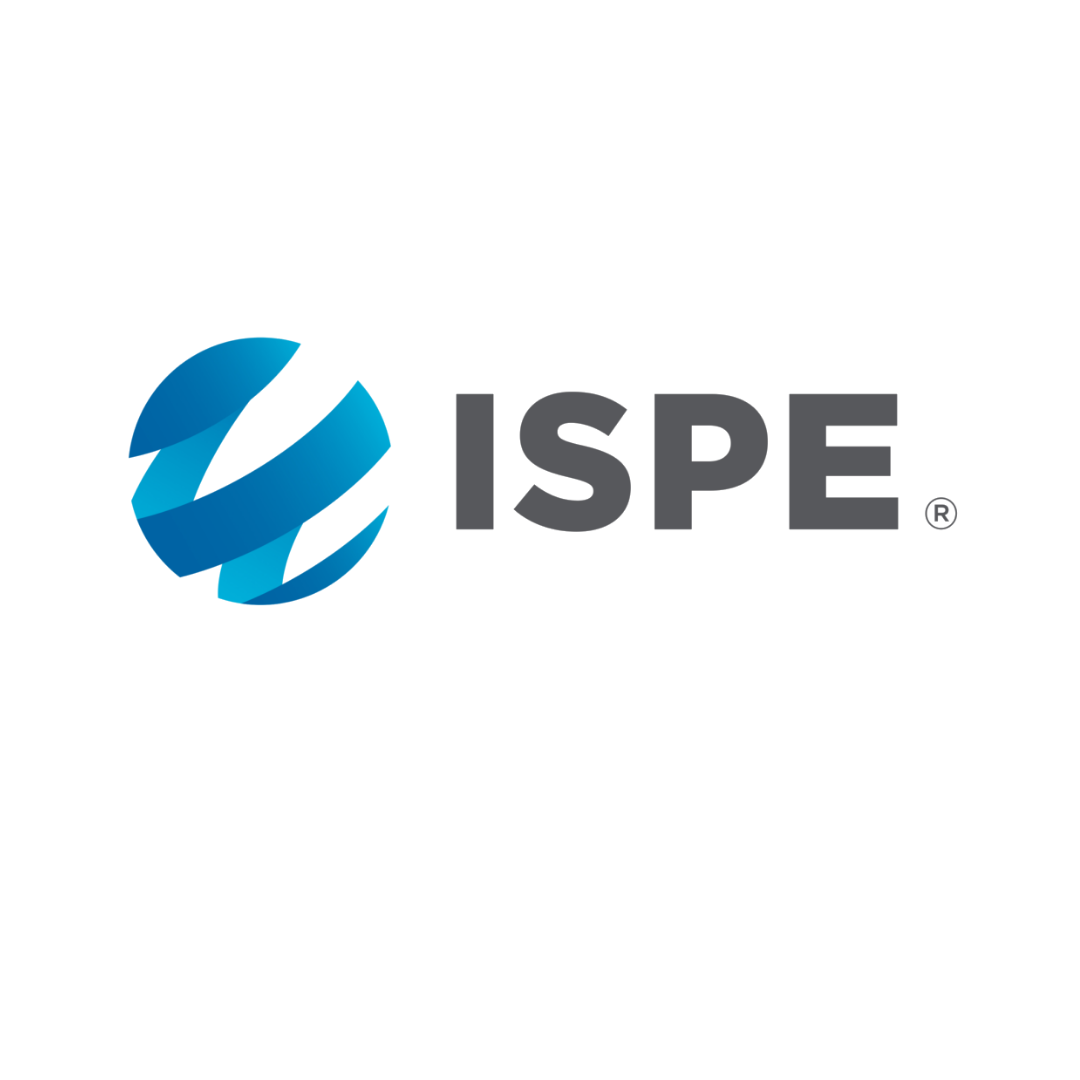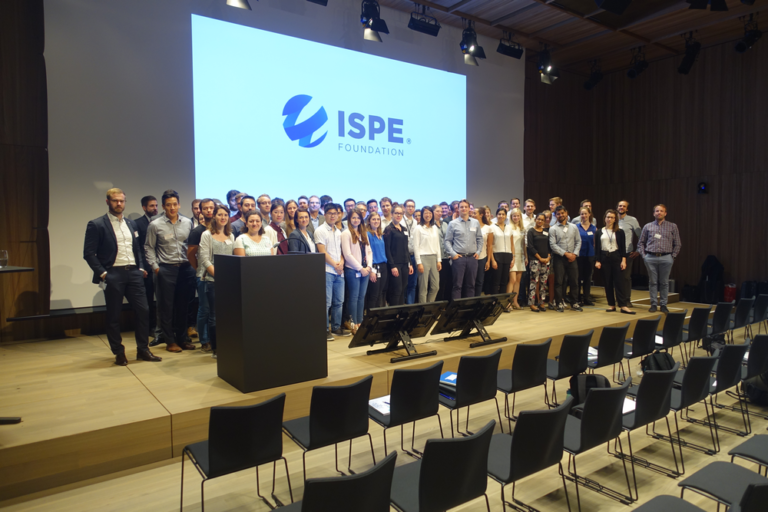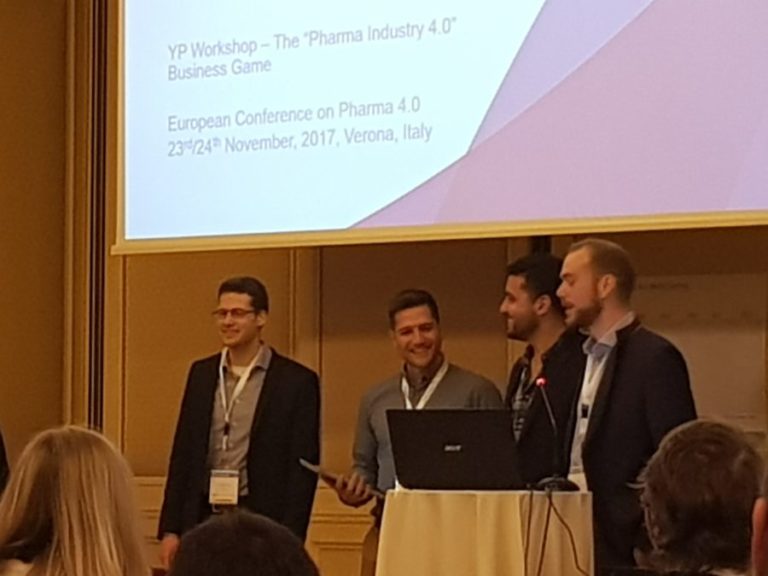
The 1st Biotech Symposium @KIT – Experiencing research first hand

We were pleased to welcome the young researchers Juliane Diehm, Sefkan Kendir, and Laurauger (all from the Institute for Functional Interfaces at KIT Campus North) and Nils Hillebrandt from the Institute of Bio- and Food Technology (BLT-MAB) as lecturing guests in the session “Separation Technology”. All four are researching novel separation technologies and processes to optimize the value chain in the manufacture of biotechnological products. In her project, Juliane Diehm is using additive manufacturing techniques to develop a micro-SMB (simulated moving bed) chromatography system that can even be used for analytical purposes due to its compact design and low dead volume (a few µL). The purification of VLPs (virus-like particles) often involves numerous complex steps. Nils Hillebrandt presented a system that integrates filtration, precipitation/re-dissolving, and an optional multimodal SEC step in a single single unit operation to achieve high yields while maintaining high purities.
Sefkan Kendir, who presented a novel process for integrated separation, dewatering and digestion, is working on the separation of microalgae that are of technical and cross-industry interest. Magnetic microparticles are used, which effectively bind to the microalgae and facilitate separation and dewatering under the influence of a magnetic field. Subsequent cell disruption then takes place directly in the decanter, which is fabricated using 3D printing techniques. Laura Kuger is also working on magnetic field-driven separation: she is developing a novel fractionation technique for nanoparticles based on the different magnetic interactions between a magnetizable chromatography matrix and the components to be separated in a particle collective. Even multidimensional separations (e.g. according to particle size and material) are possible here. The panel discussion focused in particular on challenges and opportunities associated with continuous bioproduct reprocessing processes. In addition, all speakers were able to share their previous experiences as a doctoral student and give us numerous helpful tips in the decision-making process (doctorate: yes or no?).
Within the session “Printing Technologies”, the great diversity of this exciting field was emphasized: researchers from five different institutes demonstrated the wide range of applications of their methods in biotechnology and process engineering. Svenja Strauß, a PhD student at BLT-MAB, provided insight into the analytics of 3D-printed biostructures. The use of 3D sensors and image processing is becoming increasingly important in evaluating the quality of printed structures. Next, Bruna Regina Maciel, a PhD student at MVM-AME, informed the audience about how the flow behavior of hydrogel-based bioinks affects the quality of printed bodies. She was also able to vividly explain how the rheological properties of fluid inks affect the viability of cells during a printing process.
Dr. Carmen Martínez Domínguez, a research associate at IBG-1, also focuses on living cells within printed structures – she described the application of DNA-based and customized 3D biomaterials. Several interesting applications of printed biostructures were presented by Patrizia Gartner from the Institute of Production Engineering (wbk). For example, she is researching the idea of integrating enzyme-based and fluorescent biomaterials into medical products to mask their authenticity and guarantee anti-counterfeiting. Marvin Klaiber from IFG showed impressive structures fabricated using the novel electrohydrodynamic jetting technique addressing diverse application areas. For example, appropriate modifications can induce structural or shape changes simply by changing the physical environment (e.g., temperature). The discussion that followed also addressed important ethical issues that inevitably arise as the use of printed objects in the medical environment becomes more realistic. The speakers also shared their experiences in research, especially what it means to work within such a young research field.
Highly topical research topics and trends relating to computer-based modeling of processes and plants were discussed within the “Digitalization” topic area. Tim Ballweg from the IFG reported on his research on Digital Twins, Dr. Kersten Rabe (IBG-1) presented his research on neural networks as a helpful tool for a variety of applications, and Dr. Tobias Hahn from GoSilico GmbH addressed regulatory and other challenges in the industrial use of software for modeling chromatographic processes. The application areas and advantages of algorithmic as well as mechanistic approaches were lively discussed afterwards. The thematic block was rounded off by a contribution from Dr. Jens Rudat on the red-hot and not only pandemic-related topic of “Digitization of university teaching”.
We thank all speakers for the exciting insights into their gripping research projects and the interesting discussions. Thanks also to all the listeners for their active participation. After this success, it is clear that the first symposium will not be the last of its kind – stay tuned!


